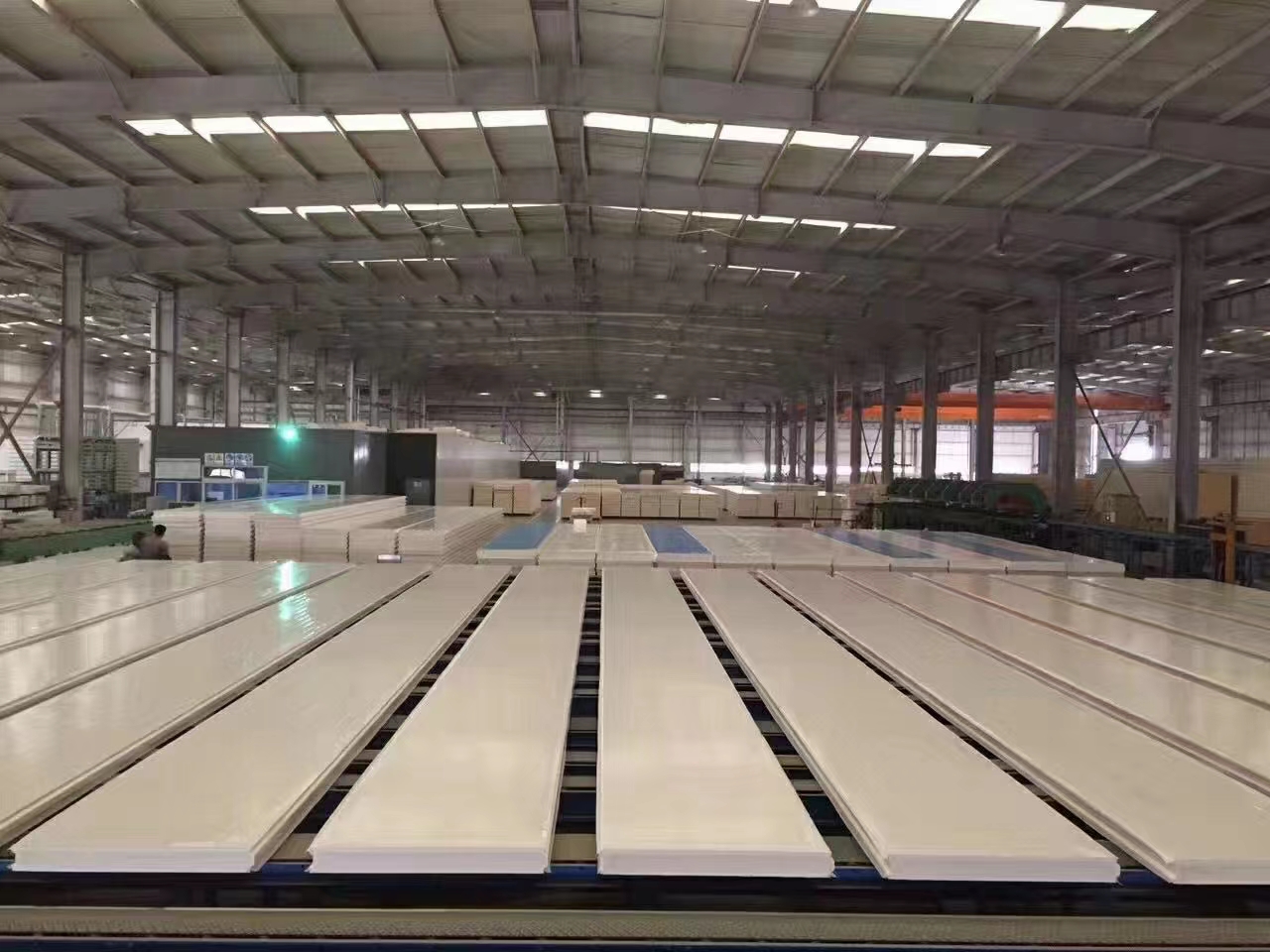Comprehensive Guide to Selecting the Right Industrial Chiller Based on Specifications and Performance Requirements
Understanding Industrial Chiller Specifications A Comprehensive Overview
Industrial chillers play a crucial role in various sectors, including manufacturing, food processing, pharmaceuticals, and HVAC. These systems are designed to remove heat from a liquid via vaporization and condensation, thus maintaining optimal temperatures for equipment and production processes. Given their importance, understanding industrial chiller specifications is vital for businesses looking to enhance efficiency and ensure reliable operation.
Key Specifications of Industrial Chillers
1. Cooling Capacity The first specification to consider is the chiller's cooling capacity, typically measured in tons or kilowatts (kW). Cooling capacity determines how much heat the chiller can remove from a liquid over a set timeframe. Businesses must assess their cooling needs based on the heat load generated by their operations to select a chiller with adequate capacity.
2. Chiller Type There are several types of industrial chillers, including air-cooled, water-cooled, and evaporative chillers. Air-cooled chillers use ambient air to dissipate heat, making them ideal for smaller applications or areas with limited cooling water supply. Water-cooled chillers, on the other hand, exchange heat with water, providing greater efficiency in larger operations. Understanding the operational environment and requirements will help in choosing the appropriate chiller type.
3. Energy Efficiency Energy efficiency is another critical specification, often measured by the coefficient of performance (COP) or the energy efficiency ratio (EER). A higher efficiency rating indicates that the chiller uses less energy to achieve the same cooling output, translating into lower operational costs. Businesses should look for models that comply with energy efficiency standards, such as those set by the U.S. Environmental Protection Agency (EPA) or the International Energy Agency (IEA).
industrial chiller specifications company

4. Refrigerant Type The type of refrigerant used in chillers is increasingly important due to environmental regulations and considerations. Traditional refrigerants like R-22 are being phased out in favor of more environmentally friendly options such as R-410A or R-134A. It's essential to select a chiller that utilizes a refrigerant compliant with local environmental regulations.
5. Control Systems Modern chillers often come equipped with advanced control systems that allow for precise temperature management and system monitoring. Features such as variable speed drives (VSD) help optimize performance by adjusting compressor speeds based on real-time cooling demands, leading to improved energy savings and reduced wear on system components.
6. Maintenance and Reliability Specifications related to maintenance are equally important. Industrial chillers should be designed for easy access to components for routine maintenance and inspections. Reliability features such as redundant systems, robust construction, and quality materials can greatly affect the longevity and performance of the chiller.
Conclusion
Selecting the right industrial chiller requires a thorough understanding of various specifications, from cooling capacity and type to energy efficiency and refrigerant choice. Each specification plays a significant role in the overall performance, operational costs, and environmental impact of the chiller. By carefully analyzing these factors, businesses can make informed decisions that not only meet their cooling needs but also support sustainability initiatives and enhance overall productivity. Investing in the right industrial chiller is not just a choice—it's a commitment to efficiency and reliability in operations.
















































































































